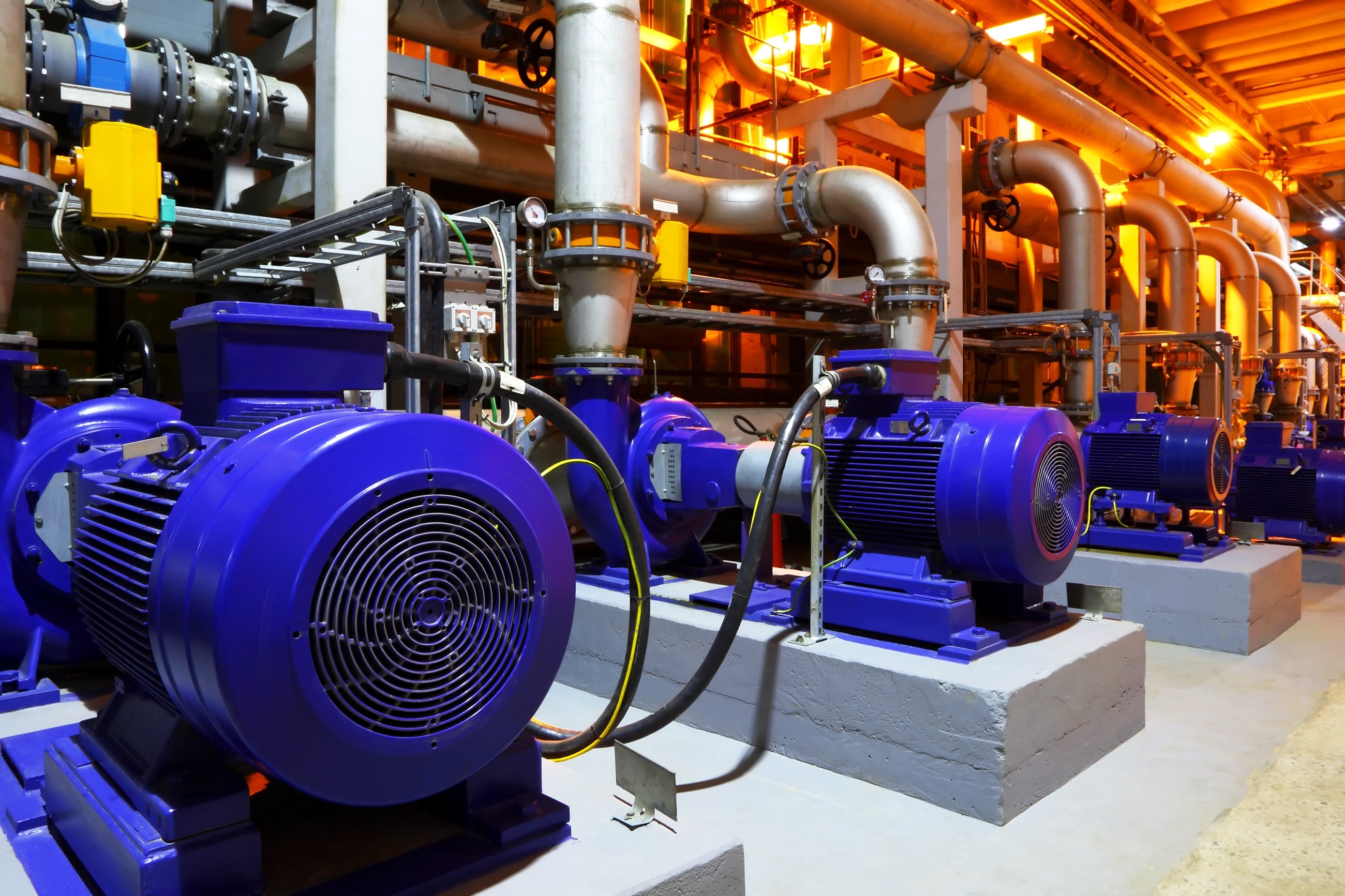Trusted Strategies for Dealing with Low Water Pressure in Your Home
Trusted Strategies for Dealing with Low Water Pressure in Your Home
Blog Article
Here underneath you will find some good ideas on the subject of Low Water Pressure in the House?.

Low water pressure in your house can be an aggravating problem, influencing everything from bathing to cleaning meals. If you're experiencing weak water flow, there are several possible causes and services to discover. In this guide, we'll talk about typical reasons for low water stress and practical actions to address the concern efficiently.
Intro to Low Tide Stress
Low water stress happens when the circulation of water from your faucets, showers, and various other fixtures is weak than usual. This can make everyday jobs more difficult and less efficient. Comprehending the reasons for low water stress is essential to locating the right option.
Usual Sources Of Low Tide Pressure
Pipeline Obstructions
Over time, pipes can end up being obstructed with natural resource, sediment, or debris, restricting the flow of water. This is a common problem in older homes with galvanized steel pipelines.
Corrosion
Deterioration within pipes can cause leakages and reduced water stress. Corrosion buildup can constrict water flow, especially in aging plumbing systems.
Faulty Stress Regulatory Authorities
Pressure regulators are accountable for maintaining constant water pressure in your house. If they malfunction, it can lead to low tide pressure or unequal circulation throughout your home.
Local Water System Issues
Occasionally, the issue lies outside your home. Local water system problems, such as main line leakages or maintenance job, can briefly decrease water stress in your area.
Exactly How to Diagnose Low Tide Stress
Inspecting Taps and Fixtures
Start by checking the water pressure at different taps and fixtures throughout your home. If the issue is separated to particular locations, it might show local problems.
Evaluating Pipelines
Examine visible pipelines for signs of leakages, deterioration, or obstructions. Focus on any kind of uncommon noises, such as banging or rattling pipelines, which could suggest issues within the plumbing system.
Consulting with a Plumber
If you're unable to pinpoint the root cause of low water stress, take into consideration employing a professional plumber to perform an extensive examination. They can recognize underlying issues and suggest proper services.
Do It Yourself Solutions to Deal With Low Tide Stress
Cleaning Aerators and Showerheads
Mineral deposits can accumulate in aerators and showerheads, reducing water circulation. Eliminate and cleanse these elements consistently to boost water pressure.
Flushing Water Heater
Debris accumulation in the water heater can restrict circulation and reduce effectiveness. Flushing the tank periodically aids get rid of debris and keep optimal efficiency.
Checking Pressure Regulatory Authority
Guarantee that the stress regulator is working correctly. Adjusting or changing the regulatory authority can aid bring back proper water stress throughout your home.
Clearing Up Clogs in Piping
For minor blockages, try making use of a plumbing snake or chemical drainpipe cleaner to clear blockages in pipelines. Beware when utilizing chemicals and comply with security guidelines.
When to Call a Specialist Plumber
If do it yourself efforts stop working to settle the concern or if you presume substantial plumbing issues, it's best to look for assistance from a certified plumber. They have the knowledge and devices to resolve complicated concerns safely and effectively.
Safety Nets to Preserve Water Stress
Regular Maintenance
Set up routine upkeep for your plumbing system to prevent problems such as deterioration, leaks, and obstructions. Addressing minor issues early can aid avoid even more substantial repairs in the future.
Installing a Stress Booster
Take into consideration setting up a pressure booster pump to improve water stress in areas with continually reduced circulation. This can be particularly beneficial for multi-story homes or homes with high-demand components.
Tracking Water Usage
Be mindful of water use behaviors and stay clear of overtaxing the plumbing system. Easy modifications, such as incredible showers and laundry tons, can aid preserve ample water stress.
Final thought
Handling low water stress can be aggravating, but determining the underlying reasons and applying proper services can restore ideal circulation throughout your home. Whether it's cleaning aerators, checking pipelines, or talking to a plumber, taking aggressive steps can ensure a constant supply of water for your everyday demands.
FOUR WAYS TO FIX LOW WATER PRESSURE NOW
Turning on a shower or faucet only to find the water comes out in a sad, slow drizzle is never a good feeling. How exactly are you supposed to wash a pan or take a quick shower when it takes 10 minutes just to rinse off a little soap? The good news is that when your water pressure is bad, there's always a cause: typically one that can be easily fixed. Here are some of the most common causes of low pressure and what you can do to fix the issue:
DEBRIS AND MINERAL DEPOSIT BUILDUPS
If you notice low water pressure from just one or two of the fixtures in your house, the problem likely has to do with debris buildup. Water is full of minerals and other debris, all of which can accumulate in your pipes and on your fixtures. This can cause a blockage that affects how much water flows through. To fix this, try filling a small plastic bag with white vinegar, and use a rubber band to hang it around your showerhead or faucet. Let the head of the fixture soak for a few hours, and the vinegar should loosen the deposits.
WATER LEAKS
Leaks are another common cause of low water pressure. If water is flowing out of your plumbing through a hole or crack before it can reach your fixture, the pressure coming out of the faucet or showerhead will be lower. A plumbing professional is your best bet for finding and repairing a leak in your water supply pipes.
Leaks are another common cause of low water pressure. If water is flowing out of your plumbing through a hole or crack before it can reach your fixture, the pressure coming out of the faucet or showerhead will be lower. A plumbing professional is your best bet for finding and repairing a leak in your water supply pipes.
FOUR WAYS TO FIX LOW WATER PRESSURE NOW
Turning on a shower or faucet only to find the water comes out in a sad, slow drizzle is never a good feeling. How exactly are you supposed to wash a pan or take a quick shower when it takes 10 minutes just to rinse off a little soap? The good news is that when your water pressure is bad, there's always a cause: typically one that can be easily fixed. Here are some of the most common causes of low pressure and what you can do to fix the issue:
DEBRIS AND MINERAL DEPOSIT BUILDUPS
If you notice low water pressure from just one or two of the fixtures in your house, the problem likely has to do with debris buildup. Water is full of minerals and other debris, all of which can accumulate in your pipes and on your fixtures. This can cause a blockage that affects how much water flows through. To fix this, try filling a small plastic bag with white vinegar, and use a rubber band to hang it around your showerhead or faucet. Let the head of the fixture soak for a few hours, and the vinegar should loosen the deposits.
WATER LEAKS
Leaks are another common cause of low water pressure. If water is flowing out of your plumbing through a hole or crack before it can reach your fixture, the pressure coming out of the faucet or showerhead will be lower. A plumbing professional is your best bet for finding and repairing a leak in your water supply pipes.
Leaks are another common cause of low water pressure. If water is flowing out of your plumbing through a hole or crack before it can reach your fixture, the pressure coming out of the faucet or showerhead will be lower. A plumbing professional is your best bet for finding and repairing a leak in your water supply pipes.
A VALVE ISSUE
If you have low water pressure throughout your home, check your main shut-off valve to make sure it's completely open. You may also want to see if there's a pressure-reducing valve installed. If there is, have a plumber help you adjust the settings to get the pressure you're looking for.
OTHERS USING WATER
Believe it or not, your low water pressure could be caused by your neighbors. If you notice low pressure at certain times of day, it may be because you and the people living next to you have similar schedules - when everyone is showering at the same time, the pressure will be lower in every home. Low pressure throughout the neighborhood may also be caused by an issue with your municipal water supply. If that's the case, call the supplier to see if they're working on the issue.
https://www.rotorooter.com/blog/water-leaking/low-water-pressure-fixes/

Hopefully you liked our excerpt on Dealing with Low Water Pressure in Your Home. Thanks a ton for taking time to read through our blog post. Enjoyed reading our blog posting? Please share it. Let somebody else check it out. I value reading our article about Low Water Pressure in the House?.
Call Today Report this page